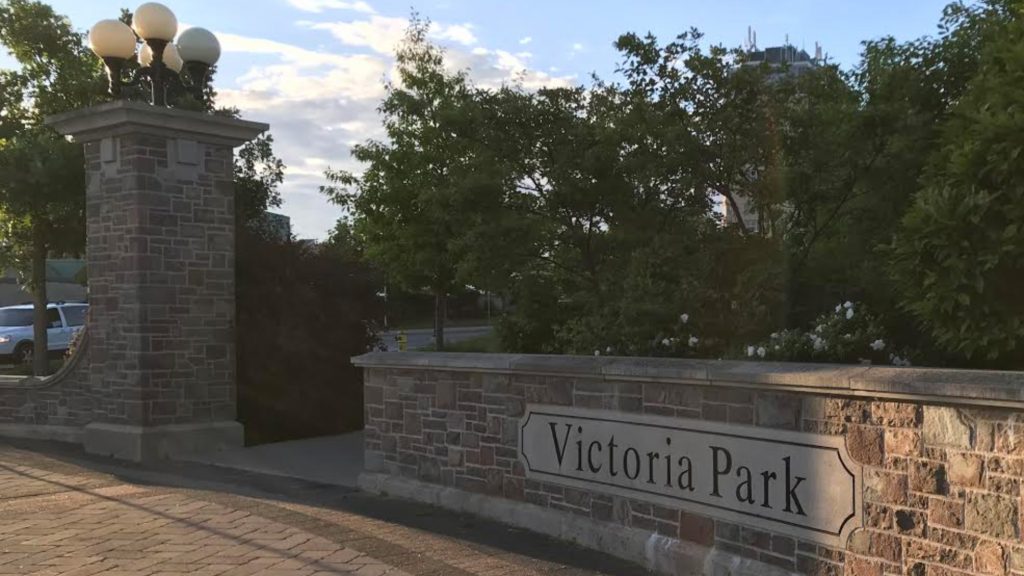Navy recalls ships, orders on- board physical distancing due to COVID-19
Posted Apr 2, 2020 10:10:11 PM.
OTTAWA — The Royal Canadian Navy is pulling ships back from missions abroad and imposing new rules on physical distancing while at sea as the military prepares to respond to the COVID-19 pandemic.
The danger COVID-19 poses to the tightly packed crews of warships was illustrated this week by an outbreak aboard a U.S. aircraft carrier, which has so far seen at least 93 of its 4,800 sailors test positive for the virus while hundreds more wait for their results.
The outbreak prompted the USS Theodore Roosevelt’s commander, Capt. Brett Crozier, to pen a letter to his superiors pleading for assistance to prevent possible deaths. The Roosevelt is now being evacuated at its base in Guam, with no word on when it will return to service.
Crozier was fired on Thursday by Navy leaders who said he created panic and showed poor judgment in a crisis by sending his memo asking for help to too many people.
To prevent a similar crisis, Royal Canadian Navy commander Vice-Admiral Art McDonald told his sailors this week that a number of “mitigation strategies” are being adopted to limit potential exposure to COVID-19.
Those include restricting shore leave in foreign ports, making special arrangements for eating on board ships and practising physical distancing “to extent possible” on shore and at sea by limiting traditional practices such as musters.
Four Canadian warships are also being recalled, two each from the Caribbean and West Africa, due to COVID-19 while McDonald said all but the most critical sailing plans are being cancelled for the next two months.
“While the trajectory of COVID-19 cannot be predicted with certainty, we are doing everything possible to ensure the health and safety of our sailors at-sea, cognizant that this is essential to our ability to remain operationally deployed,” he wrote in a letter to sailors.
Even as Canadian navy commanders work to prevent outbreaks on board their ships, military planners are also looking at ways to keep service members from transmitting COVID-19 to communities where they are asked to respond.
This is particularly worrying for remote northern and Indigenous communities, which Defence Minister Harjit Sajjan has identified as a particular focus for the Armed Forces should the military be called upon to help with the pandemic.
That is one reason the navy has ordered two warships — HMCS Regina and HMCS Brandon — to loiter off Canada’s west coast, where McDonald says they “remain isolated from infection” and ready “to act as a vanguard naval response to short-notice tasks.”
The navy is also preparing to sequester the crews of HMCS Ville de Quebec and HMCS Moncton in a Halifax hotel for two weeks before sending them out to sea, where they will similarly wait off Canada’s east coast.
The Canadian Armed Forces has refused to say how many of its members have contracted COVID-19, citing operational security. But more than 700 U.S. troops have tested positive for the illness, a number that continues to grow exponentially along with the general population.
Retired lieutenant-general Guy Thibault, who previously served as the Canadian Armed Forces’ second-in-command, says protecting troops from contagious diseases has been a long-standing concern for military commanders. Yet the nature of COVID-19 makes such efforts difficult.
“It’s clear that the social distancing that has been put into place in society in general just isn’t doable in our operational context,” he said. “The Canadian Forces is a team sport and all of our activities necessitate face-to-face working in close contact with each other.”
This report by The Canadian Press was first published April 2, 2020.
— with files from The Associated Press
Lee Berthiaume, The Canadian Press










